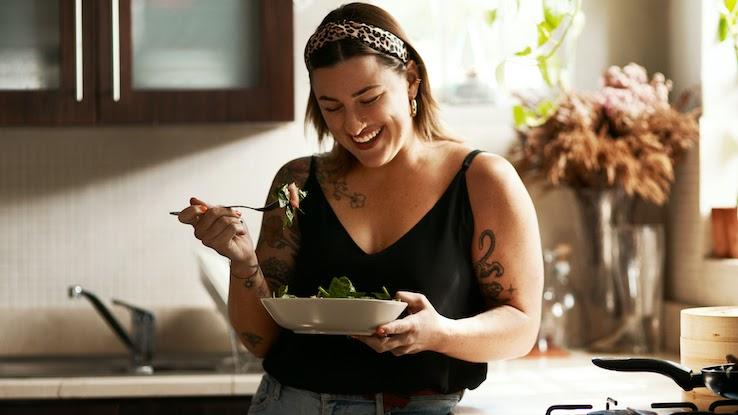
It’s no secret that our bodies need the right balance of vitamins, minerals and other nutrients to function at their best and keep us healthy. Potassium is one of those essential minerals that’s vital for our wellbeing, and it’s also an electrolyte — a substance that carries an electric charge and conducts electricity in our bodies to help our muscles and nerves work the way they should. Almost every type of cell in our bodies requires potassium in some way, and the mineral also facilitates everything from proper digestion of macronutrients to healthy blood pressure levels.
Despite this electrolyte’s importance, our bodies can’t produce potassium naturally on their own; we need to eat foods containing it in order to get the amounts we require — about 4,700 milligrams daily for most adults, according to Harvard Medical School. The institution further notes that “you’re much better off getting potassium from foods instead of from potassium supplements” because it’s easy to get too much of the mineral. And that’s not to mention that there are other health benefits associated with eating potassium-rich foods. But which fruits and vegetables should you turn to to boost your potassium intake? While you might normally reach for a banana — a medium-sized fruit has 425 mg of potassium — you’ll also want to start snacking on these fresh foods.
Potatoes and Sweet Potatoes
If you’re a fan of these beloved (and delicious) carbohydrates, there’s some good news when it comes to enjoying potatoes and boosting your potassium intake. One medium-sized baked white potato — weighing about 5 ounces — with its skin on has 925 mg of the essential mineral. A sweet potato of the same size, also baked with its skin on, has around 425 mg of potassium, too. Even without the skin on, boiled and mashed white potatoes still have around 300 mg of potassium per half cup.
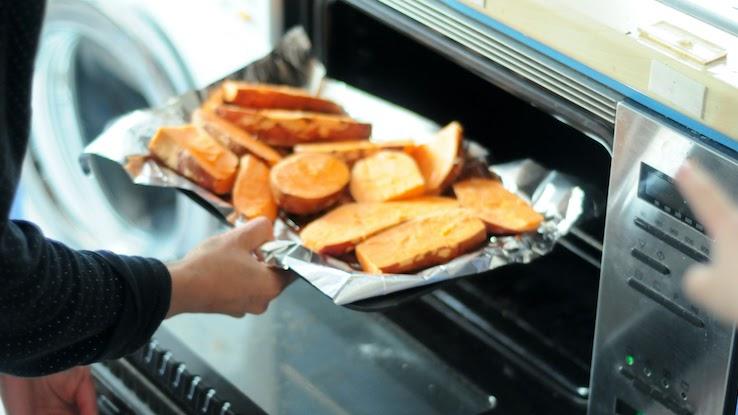
Why the big drop between baked and boiled potatoes? Soaking or boiling potatoes in water leaches out many of the nutrients, and double-cooking them — such as by boiling and then baking, which is common if you’re making mashed potatoes — can also cause the potassium levels to drop. Stick to baking and roasting these tubers if you’re looking to keep the mineral levels higher; the 925 mg of potassium is about 20% of your recommended daily amount.
Avocados
Known as the superfood to savor among millennials and guacamole lovers everywhere, avocados pack plenty of nutrients that are beneficial for your overall health — including potassium. Eating a quarter of an average-sized avocado, which weighs around 6 grams, provides your body with nearly 250 mg of the essential electrolyte. But that’s not the only reason why you should amp up the avocados in your diet, whether you’re slicing them over salad or slathering them on some multigrain toast.
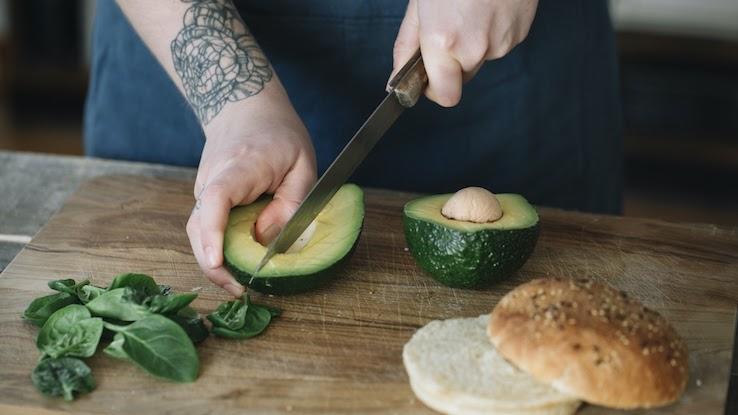
Although avocados are known (and sometimes avoided) for their higher fat content, it’s important to consider that they offer plenty of nutritional benefits. These fruits are packed with vitamins C, E and B-6, and their various nutrients can help you maintain healthy blood sugar levels, boost your heart health and enjoy better-regulated digestion. Their creamy texture makes them an ideal choice for a healthy alternative to prepared dips and spreads, which are often high in sodium and unhealthy types of saturated fats. If you’re staying mindful of your calorie intake, do keep portion size in mind when enjoying these fruits. They’re tasty enough that it’s easy to indulge, but a medium-sized avocado can have 300 or more calories.
Large White Beans
Navy beans, Boston beans, cannellini beans, white pea beans — no matter which variety you enjoy in a soup or as a side, you’ll be happy to know that these light-colored legumes are a fantastic source of potassium, protein and other nutrients. A cup of white beans has nearly 930 mg of potassium, according to data from the U.S. Department of Agriculture’s Agricultural Research Service, which means that eating a typical serving size — about a half-cup — still provides you with nearly 10% of the recommended daily amount of the mineral. While, similarly to potatoes, white beans do lose some nutrients during the soaking and cooking process, you can prevent mineral loss by baking them instead of boiling.
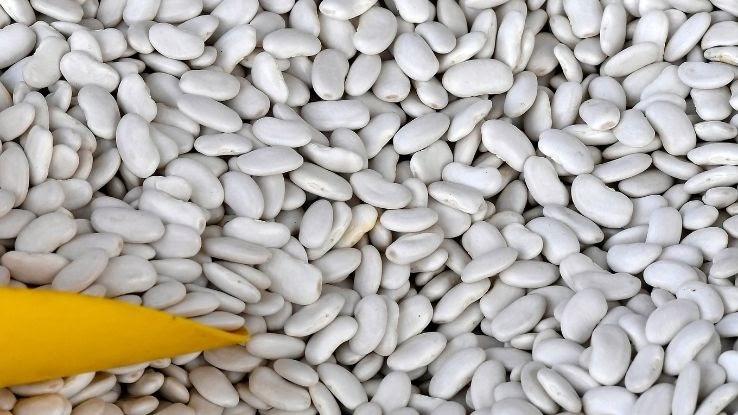
Other beans that have high potassium levels include lima beans and lentils, which contain about 365 mg per half cup after cooking. Most types of beans can provide you with plenty of different nutrients, too, including vitamin B6, magnesium and folate. They’re also rich in copper and iron, which your body uses to produce hemoglobin — a protein that carries necessary oxygen to your organs and tissues.
Salmon
Avocados aren’t the only popular superfood on this list; they’ll need to make room for salmon, a brain-boosting, heart-healthy fish whose health benefits are well-known in the medical community. Whether you’re eating canned salmon or fresh, wild-caught fillets, you can expect to consume about 650 mg of potassium in 6 ounces of this type of fish.
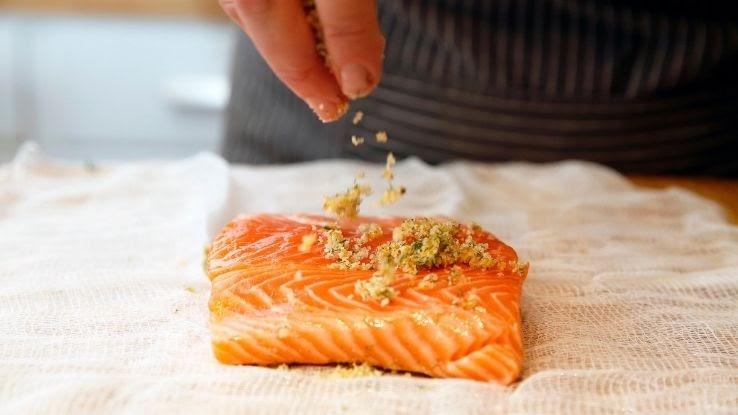
Of course, salmon’s nutritional benefits don’t end there. It’s also considered a top source of omega-3 fatty acids, which are essential fats that our bodies need but, similarly to potassium, can’t make themselves. That means we need to eat foods rich in omega-3s to enjoy their broad variety of positive health effects. These fatty acids initiate hormone production, lower inflammation and regulate blood clotting, and they can even lower the risk of heart disease and stroke. Salmon is also a fantastic source of protein and is high in vitamin B. Providence Hospital System recommends enjoying salmon with steamed spinach (800 mg of potassium per cup) and roasted acorn squash (900 mg of potassium per cup) for a healthy, nutrient-rich dinner.
Dark, Leafy Greens
One type of fresh produce that packs a big, potassium-filled punch along with beans and avocados? Dark, leafy greens like spinach, Swiss chard, beet greens and kale. Cooked spinach has about 420 mg of potassium per half cup, and beet greens boast an impressive 650 mg in that same serving size. If you’re looking for a quick way to boost your nutrient consumption, it’s as easy as adding a serving or two of these robust leafy greens to your dinner plate.
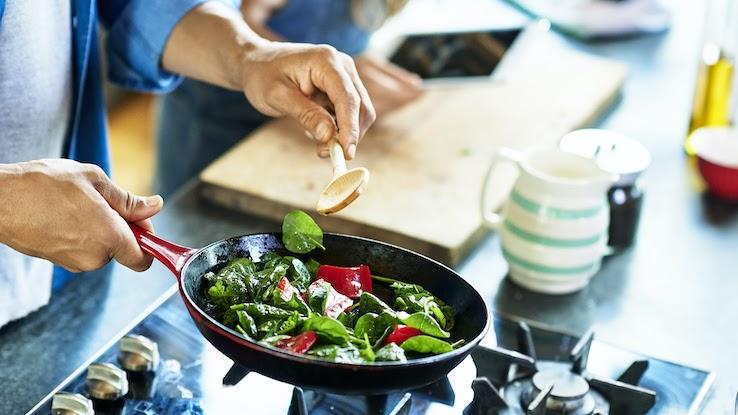
These vegetables are also high in vitamin C — another micronutrient that our bodies require to stay healthy. Eating more leafy greens and upping your vitamin C consumption gives your body what it needs to repair bones, skin and blood vessels and keep your immune system functioning smoothly. And the great news is that just a half-cup of cooked beet greens provides nearly 30% of your daily recommended vitamin C intake.
Resource Links:
https://www.health.harvard.edu/staying-healthy/the-importance-of-potassium
https://www.health.harvard.edu/staying-healthy/should-i-take-a-potassium-supplement
http://www.med.umich.edu/1libr/Nutrition/PotassiumHandout.pdf
https://pubmed.ncbi.nlm.nih.gov/18940657/
https://www.livescience.com/45838-potato-nutrition.html
http://main.diabetes.org/dorg/PDFs/avocado_tip_sheet-american-diabetes-association.pdf
https://www.consumerreports.org/healthy-snacks/how-to-pick-a-healthy-dip/
https://health.clevelandclinic.org/can-you-eat-too-much-avocado/
https://www.heart.org/en/healthy-living/healthy-eating/eat-smart/sodium/potassium
https://fdc.nal.usda.gov/fdc-app.html#/food-details/1100372/nutrients
https://goaskalice.columbia.edu/answered-questions/overcooked-pasta-and-beans-—-still-nutritious
https://www.drugs.com/cg/potassium-content-of-foods-list-aftercare-instructions.html
https://my.clevelandclinic.org/health/symptoms/17705-low-hemoglobin/possible-causes
https://blog.providence.org/archive/5-foods-rich-in-potassium-to-help-reduce-high-blood-pressure
https://medlineplus.gov/ency/article/002404.htm
https://www.livestrong.com/article/509649-what-are-the-benefits-of-eating-beet-greens/





